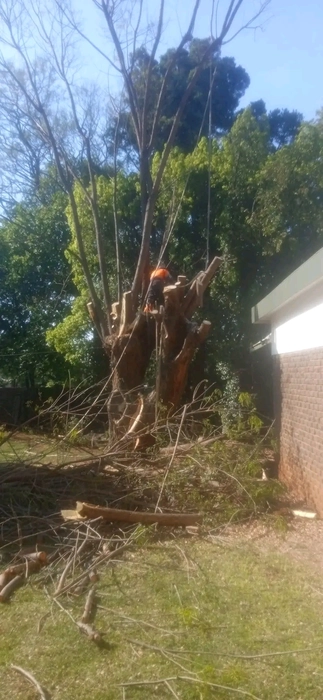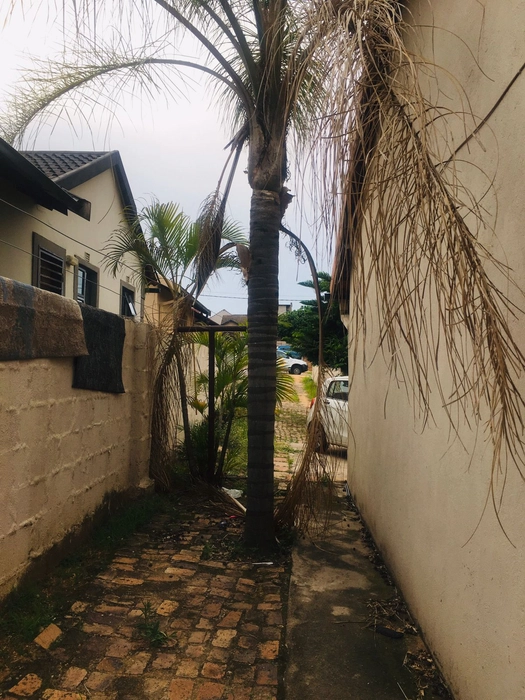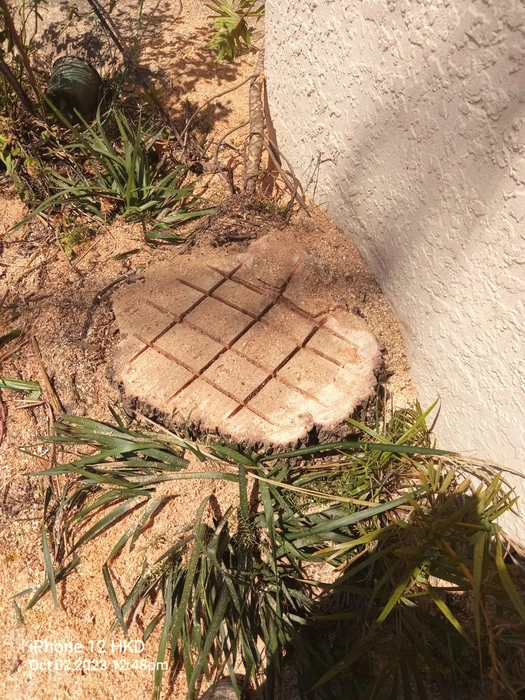If you’ve ever looked out your window and felt worried about how massive your trees have become, tree removal might be on your mind. Overgrown branches can block sunlight, endanger your home, and even threaten your safety. By reading on, you’ll discover the core issues and proven solutions for dealing with unruly trees.
Common causes of overgrown trees and tree removal needs
Several factors can cause trees to grow out of control, eventually requiring tree removal.
- Lack of regular trimming: When you don’t schedule regular pruning, even smaller trees can become tangled giants. Neglected branches often grow in unpredictable ways, making them harder to maintain over time.
- Favourable climate: South Africa’s mild winters and warm summers create ideal conditions for rapid tree growth. This means it’s easy for branches to thicken and expand much faster than anticipated.
- Fast-growing species: Some species naturally shoot up quickly, like certain eucalyptus or jacarandas, which can rapidly become a hazard if not monitored.
- Poor initial planting: Placing a tree too close to structures or power lines can force homeowners into early stump removal or large-scale tree felling to prevent property damage.
- Storm damage: Windy or stormy weather can damage branches, causing them to split or hang precariously. These weakened branches grow unevenly and may require professional tree felling sooner rather than later.
Left unchecked, growth issues can escalate into serious problems, from damaging roofs to endangering lives.

Potential consequences of ignoring tree removal
- Property damage: Bulky branches can crack walls, damage rooftops, and disrupt power lines, potentially costing you thousands in repairs.
- Safety hazards: A seemingly harmless tree can become dangerous if decaying or leaning branches fall, potentially harming people and pets.
- Pest infestations: Overgrown trees can harbour insects, rodents, or fungi. This might lead to infestations spreading to other parts of your yard or home.
- Legal issues: If an unmaintained tree damages a neighbour’s property, you may be held liable for repairs, legal fees, or medical bills.
Addressing these concerns sooner rather than later saves money, time, and needless stress.

Practical solutions for tree removal, stump removal, and more
DIY steps for overgrown tree management
Sometimes, you can undertake small tasks yourself before the problem becomes overwhelming. Here’s what you can do:
- Gather your tools: You’ll need a quality pruning saw, pruning shears, safety goggles, gloves, and a sturdy ladder.
- Cut smaller branches first: Focus on dead or diseased sections, making clean cuts near branch collars to encourage healthy regrowth. Avoid cutting main trunks or large limbs unless you have experience.
- Dispose of debris safely: Segregate branches, leaves, and twigs. Consider calling a debris removal service if the waste pile becomes unmanageable or you lack disposal means.
Be mindful of local regulations on refuse collection or burning, as these vary across areas in South Africa.
Safe tree removal with a chainsaw
For larger trunks, ad-hoc chopping can be risky. If you’re determined to tackle it solo, remember these points:
- Suit up: Protective clothing should include cut-resistant pants, heavy-duty gloves, goggles, and a helmet with a face shield.
- Plan your cuts: Always plan an escape route, and don’t stand directly behind your chainsaw as you make horizontal cuts.
- Assess the tree’s fall: Clear any obstacles in the direction you expect the tree to fall. Don’t proceed if the tree leans dangerously towards structures or power lines.
Keep in mind that tree cutting safety is paramount—if you feel uncertain at any step, it’s best to pause and consult a professional.
Hiring licensed arborists doesn’t just ensure safe felling—these professionals also handle stump grinding and disposal, saving you time and potential injuries. Below is a closer look at professional solutions.
Professional stump removal explained
Stump removal is essential for preventing regrowth and pests. Techniques such as stump grinding use specialised machinery to shred the stump into wood chips. Arborists often combine stump grinding preparation with advanced procedures to ensure minimal damage to your yard. This approach is cleaner and faster than chemicals like stump decomposition solutions, which can take months and leave an eyesore.
When to call a professional
- If the tree is extremely large or close to property structures.
- When higher branches require specialised climbing or rigging equipment.
- If you see signs of disease or pests that need expert diagnosis.
- When power lines or cables surround the tree.
- If local regulations demand certified arborists for tree felling.
Highly trained experts also offer ongoing tree safety maintenance services, ensuring you only remove what’s necessary while preserving your outdoor environment’s natural beauty.

Get the job done quickly: Professionals use high-grade tools for faster completion, reducing the chance of injuries or property damage. They’re well-versed in local bylaws and can advise on legally compliant methods.
Work guarantee: Established companies often back their services with guarantees, giving you peace of mind if unexpected issues arise afterward.
With both short-term DIY fixes and long-term professional strategies, you’ll have a clear plan for handling stubborn trees on your property.
Moving forward with confidence
A smooth, hassle-free tree removal experience relies on knowing when to get professional help. If your situation seems too dangerous or complicated, our trusted network can connect you with recommended experts to do the heavy lifting for you.
Close the chapter on tree problems
Resolving tree overgrowth opens up your garden, boosts curb appeal, and eliminates safety concerns. Your next steps are simple: Review your tree’s size, location, and health. If you’re unsure, seek professional input right away. That final push will leave you with a well-manicured, secure outdoor space you can fully enjoy.





